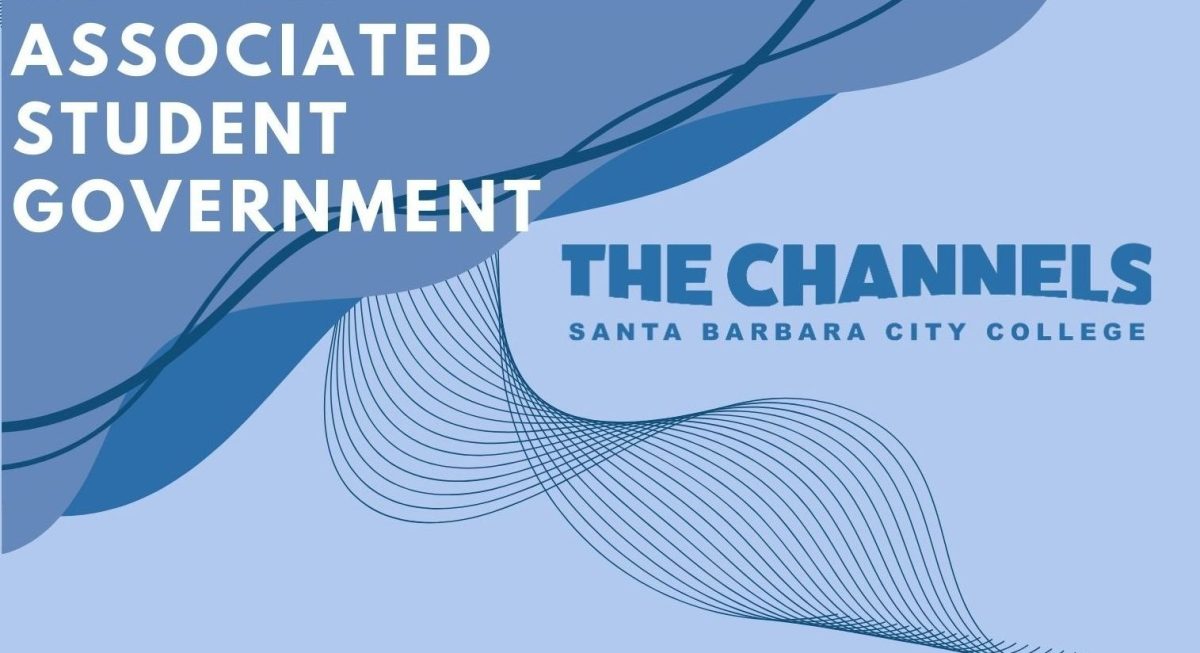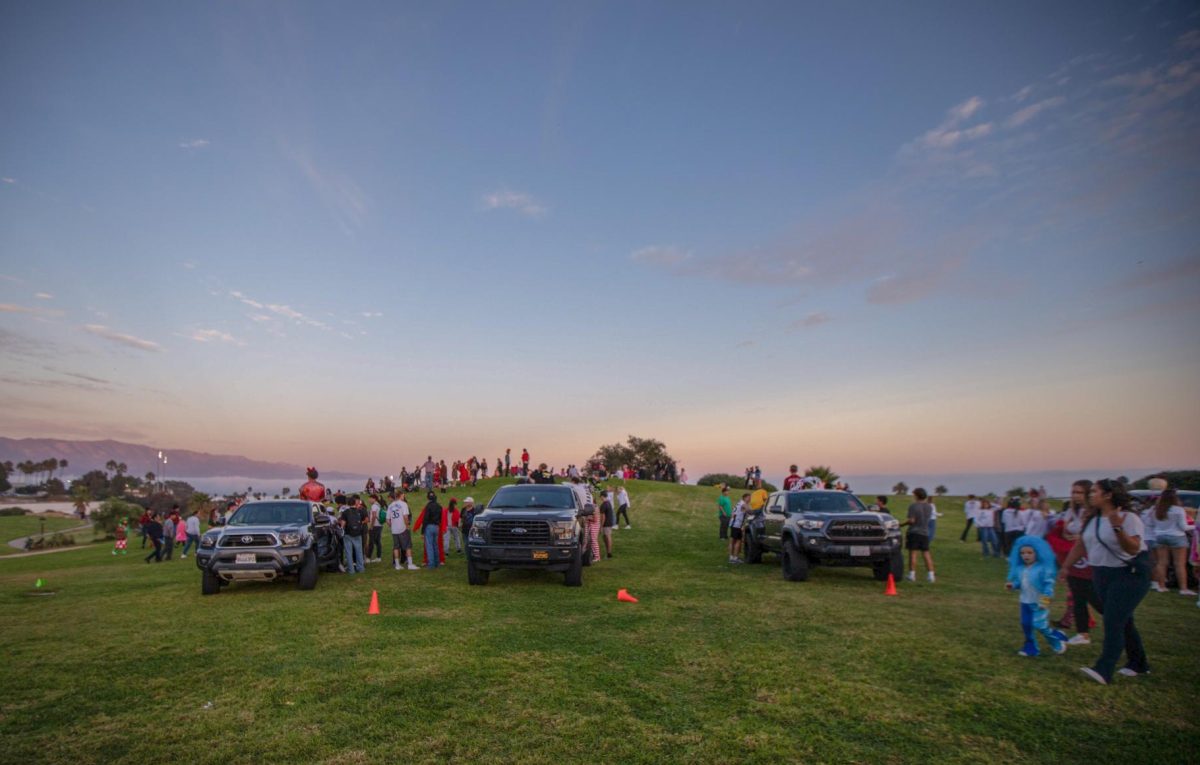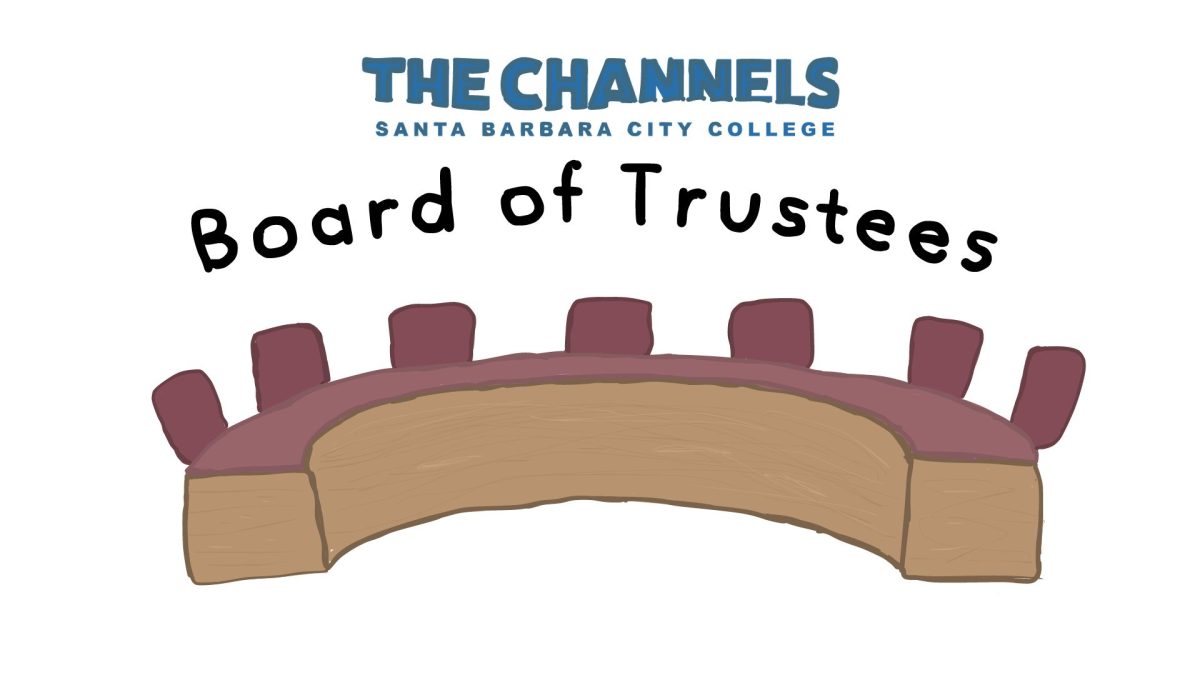Don Barthelmess, Marine Diving Technology professor, gave the 29th Annual Faculty Lecture Wednesday to a packed house in the Garvin Theatre.
Family, friends, faculty and students came to the lecture that focused on the history of diving in the Santa Barbara area, along with the advancements in diving suit technology.
He began by acknowledging those who paved the way for him and allowed the field to bloom as it did.
“I have always stood in awe of those before me,” Barthelmess said.
The lecture was dedicated to Bob Christensen, a Santa Barbara High School graduate and former Navy SEAL, who helped establish the Marine Technology Program at City College in 1969. Christensen also acted as a “walking encyclopedia” for Barthelmess when he became director of the program in 1994.
Christensen, along with many other pioneers of Santa Barbara’s diving industry, was also in attendance.
Barthelmess explained that abalone, oil, and the Channel Islands made Santa Barbara a hub for diving activity.
He said Santa Barbara is the abalone capital of the world, and the first to go diving for this were the Japanese.
To show the technology of the day, he presented a man in an authentic diving suit worn by the early Japanese.
The first offshore oil dive was made in 1929 by Rigden Crawford. Oil companies wanted to get to the deeper oil, but technology hadn’t advanced enough until Dan Wilson made his historic 400-foot dive. Wilson used a mixture of oxygen and helium in his dive, which was different from the standard of oxygen and nitrogen.
This is what started the “Santa Barbara Helium Rush,” as Barthelmess called it. Diving technology evolved rapidly from this point.
He then chose a man from the audience and had him breathe the oxy-helium mixture, which the man described as cold, with his voice high-pitched from the helium.
Throughout his lecture, Barthelmess pointed out members of the audience who were part of the early evolution of diving. Dan Wilson’s son, Dan Wilson Jr., had brought the actual helmet his father wore on his 400-foot dive.
Barthelmess marched out people in different diving suits throughout the course of his lecture to show the progression of the technology. Each suit was lighter and easier to maneuver than the last. He used props and visuals to make the subject easier to understand for people who may not be divers, or know a lot about diving.
He ended his lecture by giving advice to students, and left to a standing ovation.
“Never fear a challenge, and above all, never stop learning,” Barthelmess said.







